Understanding Surge Protection Devices (SPD): Types, Engineering, and Applications
In today’s interconnected world, protecting electrical systems and sensitive equipment from power surges is critical. Surge Protection Devices (SPDs) are indispensable for mitigating damage caused by voltage spikes, ensuring longevity and reliability for both residential and industrial electrical systems. In this blog, we’ll explore the various types of SPDs, their engineering principles, and their applications, particularly in warmer regions like Dubai.

What are SPDs?
SPDs are devices designed to protect electrical installations and connected equipment from transient overvoltages caused by lightning strikes, switching operations, or other electrical disturbances. By diverting excess voltage to the ground, SPDs prevent damage to electrical systems and appliances.
Types of SPDs
SPDs are categorized into three main types based on their location and functionality:
1. Type 1 SPDs
- Purpose: Installed at the main distribution board to protect against direct lightning strikes.
- Application: These are primarily used in buildings equipped with external lightning protection systems (e.g., lightning rods).
- Key Features:
- High discharge capacity.
- Typically rated for 10/350 μs waveforms.
- kA ratings usually range between 12.5 kA to 25 kA.
2. Type 2 SPDs
- Purpose: Installed downstream from Type 1 SPDs to protect against switching surges and indirect lightning strikes.
- Application: Suitable for residential, commercial, and industrial settings.
- Key Features:
- Moderate discharge capacity.
- Rated for 8/20 μs waveforms.
- kA ratings often range from 20 kA to 40 kA.
3. Type 3 SPDs
- Purpose: Designed for local protection of sensitive equipment.
- Application: Typically installed close to devices like computers and TVs.
- Key Features:
- Low discharge capacity.
- Limited voltage protection levels (LPL).
4. Type 1+2 SPDs
- Purpose: Combines the features of Type 1 and Type 2, providing both direct and indirect surge protection.
- Application: Used in environments requiring comprehensive surge protection with limited installation space.
Number of Modules Needed
The number of SPD modules depends on the electrical system configuration:
- Single-Phase Systems: Typically require 2-pole SPDs (live and neutral).
- Three-Phase Systems: Require 4-pole SPDs (three phases and neutral).
- Systems Without Neutral: Use SPDs tailored to handle only live phases.
Choosing the right module configuration ensures optimal protection and compliance with international standards.
Understanding Key Parameters
SPDs are characterized by several technical parameters, including:
- kA Rating (Nominal Discharge Current): Indicates the device’s ability to handle surge currents. Higher ratings signify better performance.
- Voltage Protection Level (UP): The residual voltage level that the device clamps to during a surge event.
- Maximum Continuous Operating Voltage (Uc): The highest voltage the SPD can sustain without degradation.
- Response Time: The time taken by the SPD to react to a surge, typically in nanoseconds.
- Discharge Capacity: The maximum energy the SPD can dissipate without damage.
Engineering Behind SPDs
SPDs use components like:
- Metal Oxide Varistors (MOVs): Offer high energy absorption and fast response.
- Gas Discharge Tubes (GDTs): Handle high currents with low clamping voltages.
- Spark Gaps: Used in Type 1 SPDs for diverting lightning currents directly to the ground.
The combination of these technologies ensures effective surge protection tailored to specific applications.
SPDs in Warmer Areas like Dubai
Regions like Dubai experience:
- Frequent Lightning Strikes: Due to occasional thunderstorms.
- High Ambient Temperatures: SPDs must operate reliably under extreme heat.
- Solar Installations: Require SPDs with high discharge capacities to protect inverters and other sensitive equipment.
SPDs in such areas must have:
- High-temperature tolerance.
- UV-resistant enclosures for outdoor installations.
- Compliance with local regulations and standards.
Top SPD Brands
Several global brands manufacture high-quality SPDs, including:
- Schneider Electric
- Siemens
- Eutroniks
- Phoenix Contact
- ABB
- Eaton
Each brand offers a range of SPDs tailored for various applications, from residential to industrial.
Conclusion
Surge Protection Devices are essential for safeguarding electrical systems, particularly in lightning-prone and high-temperature regions like Dubai. By understanding the types, applications, and technical parameters of SPDs, you can make informed decisions to protect your investments effectively.
For more information on SPDs and to explore available options, check out GoSwitchgear’s range of SPDs.
Interactive Visuals for Enhanced Understanding
- Diagram: SPD Installation Locations
- Visual representation of Type 1, Type 2, and Type 3 SPDs in a building’s electrical system.
- Table: SPD Types and Parameters
- Side-by-side comparison of kA ratings, applications, and typical installation locations.
- Flowchart: Choosing the Right SPD
- Interactive decision tree for selecting the appropriate SPD based on system requirements.
- Graph: Discharge Capacity vs. kA Ratings
- Illustrates the performance differences between Type 1, Type 2, and Type 3 SPDs.
By equipping your systems with SPDs, you ensure safety, reliability, and compliance with international standards. Protect your investments today with the right SPD solution!


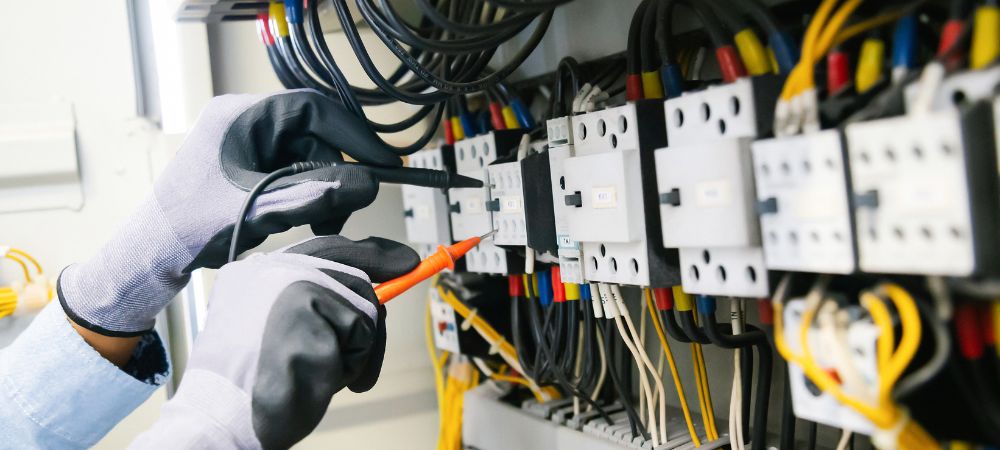
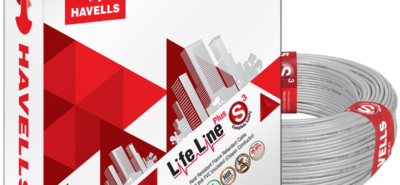
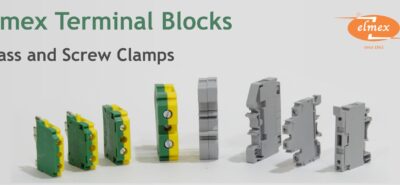
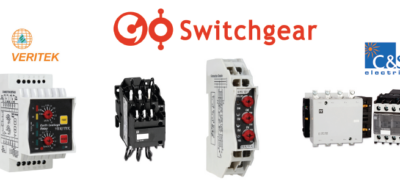


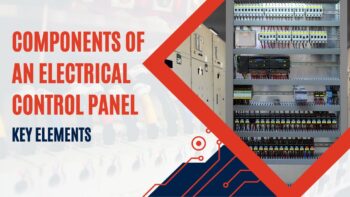

Leave a Reply